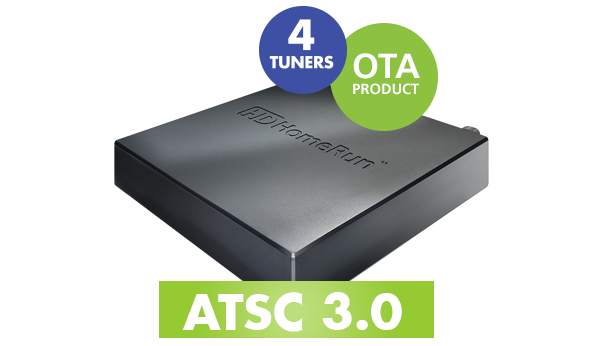Weather SystemsWSI Corporation (C3758):Listening To The Viewer
The proliferation of 24-hour weather information on many radio, cable, and Web sources poses a challenge to broadcasters hoping to capture the lion’s share of the viewing audience in their markets. To that end, WSI has taken a "listen to the viewers and then build" approach to weather presentation solutions.
To help define what broadcast stations needed to stay competitive, we decided to intensify our research with the "end user" and find out what viewers thought about the weather they see on TV. We held several viewer focus groups and concluded that viewers are often forced to assimilate a lot of information in a short period of time.
For example, when looking at a forecast map, viewers have to first orient themselves geographically, then decipher what the colors for precipitation or clouds mean, often having to cross reference what they see against a legend and timeline also displayed on the map. Finally, they have to figure out what it all means for their specific area. Plus, they have to do all this within the five to six seconds a typical weather graphic appears on air. What they really want is a realistic depiction of the forecast for where they live or work.
It was at this point that WSI decided to pursue weather information technology from the viewer’s perspective. We built a broadcast weather system that accurately produces site-specific forecasts as well as highly realistic visualizations of forecast weather conditions. The system, WSI’s True View, combines the latest in modeling, science, high-resolution earth imagery, the company’s proprietary, patented software, and the most powerful Intel-based workstations.
Based on WSI’s proprietary VORTEX data, True View takes forecast weather parameters and turns them into realistic visualizations viewers can understand. For example, clouds, rain, and ground objects, such as trees and flags, respond precisely to the VORTEX data and move according to the forecast wind direction and speed. The system also allows on-air talent to pan to any area in their DMA to pinpoint forecast weather conditions over familiar landmarks embedded in the high-resolution terrain. The 3D perspective view is as if you’re hovering in a helicopter looking at future weather conditions, whether it’s trees bending due to high winds or the sun appearing from gray clouds.
High-end, realistic visualizations that once had to be painstakingly choreographed from scratch are now ready for air with just a few keystrokes, saving a tremendous amount of production time and expense.
The response to True View has been remarkable, with more than two dozen stations signing on before the product was even released. We knew that if the viewers demanded it, television stations would want it. Meteorologists and news directors refer to it as the ultimate in realistic weather technology, and engineers like it because it runs on a familiar, cost-efficient platform. We’ve had several comments from station management, who expect to make a big impact with this new technology.
WSI has proved that bringing "reality TV" to weather presentations gives broadcasters the leading edge they need to differentiate themselves from other stations and weather sources.
> WSI Corporation
www.wsi.com
The professional video industry's #1 source for news, trends and product and tech information. Sign up below.
